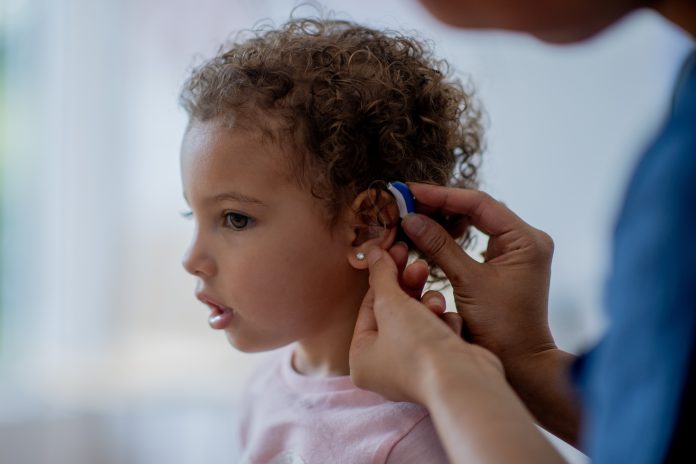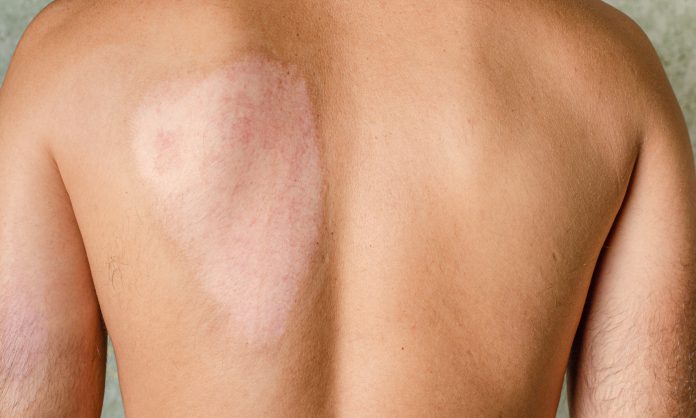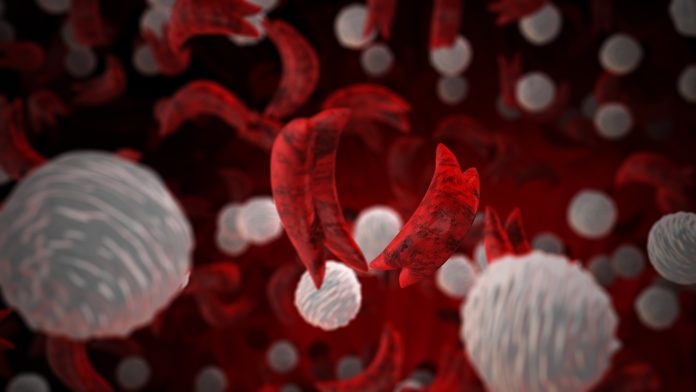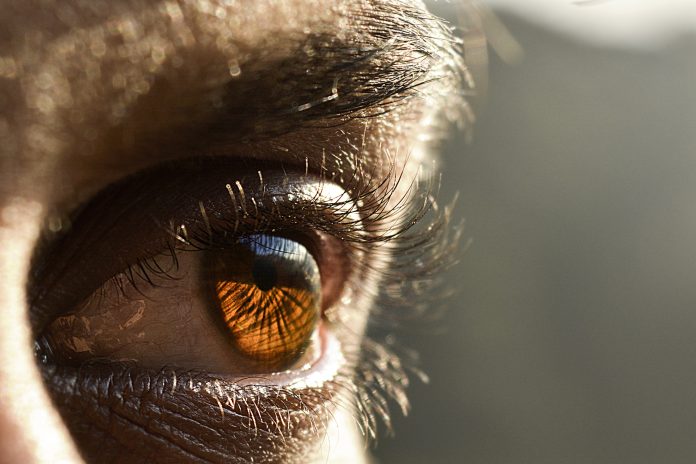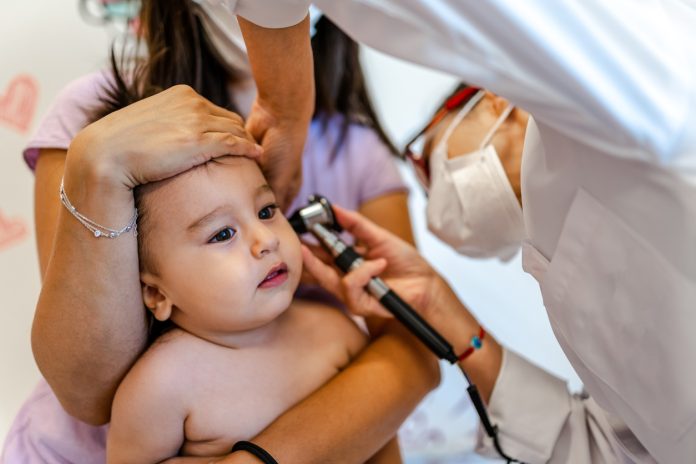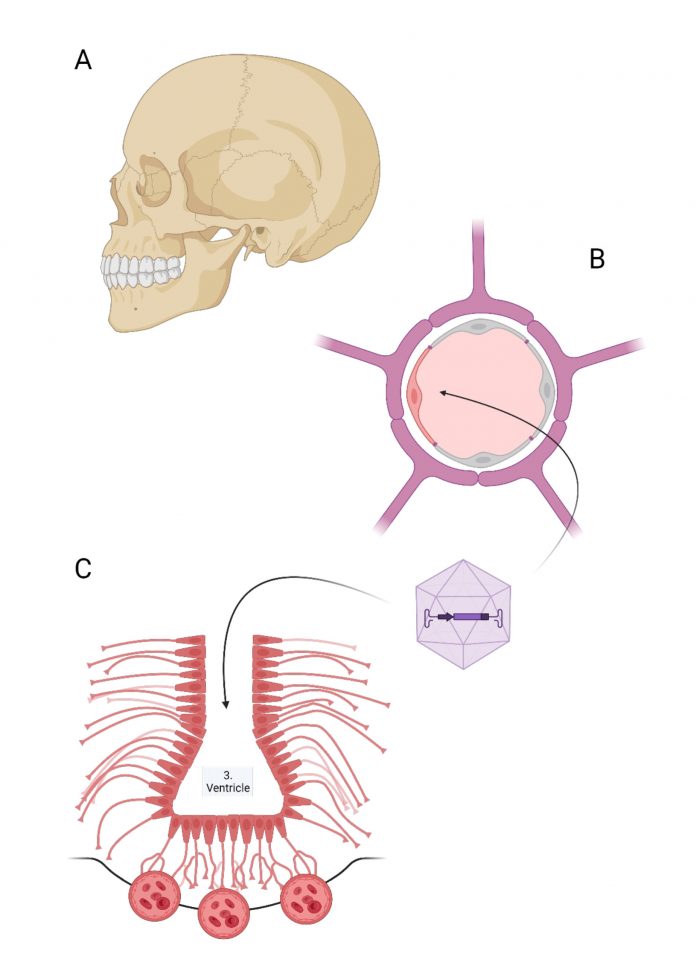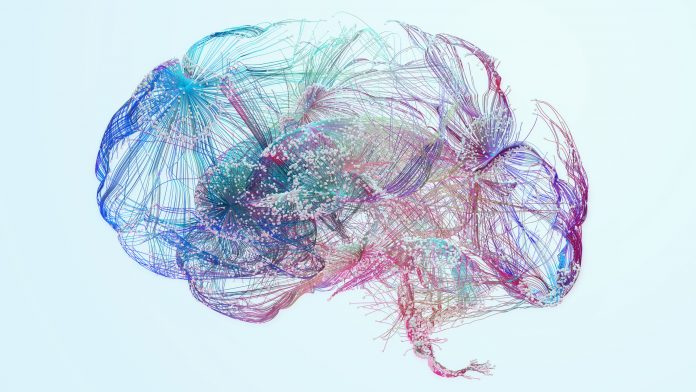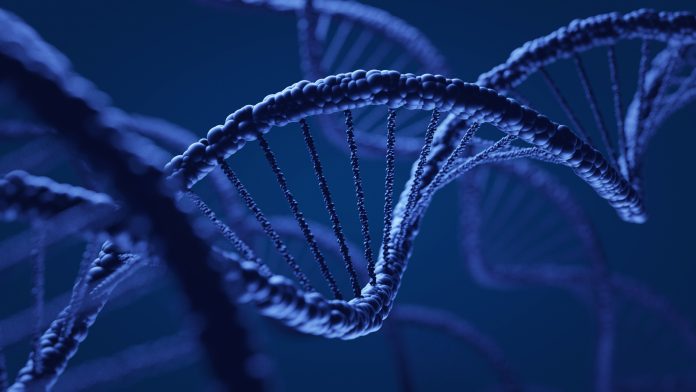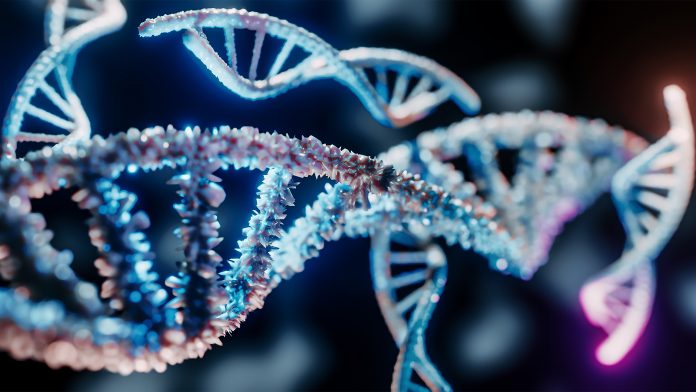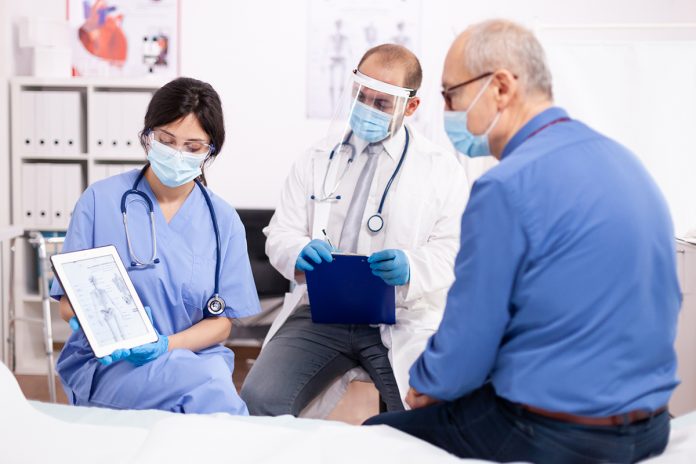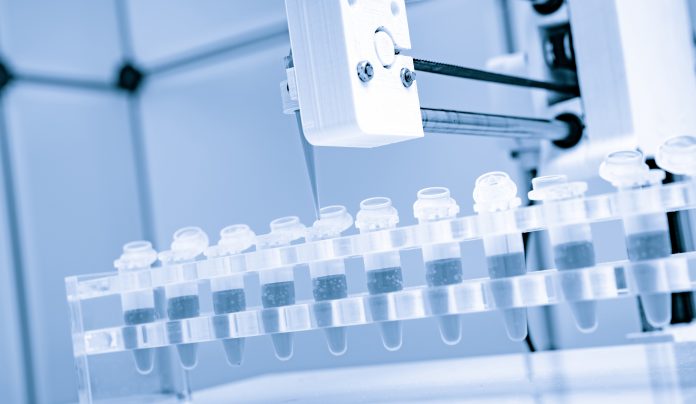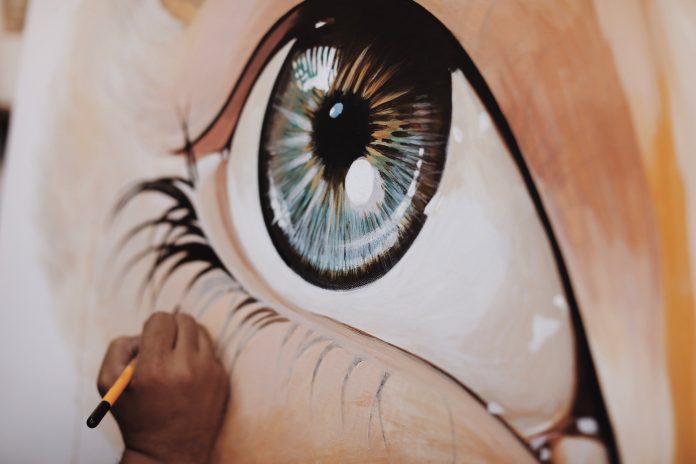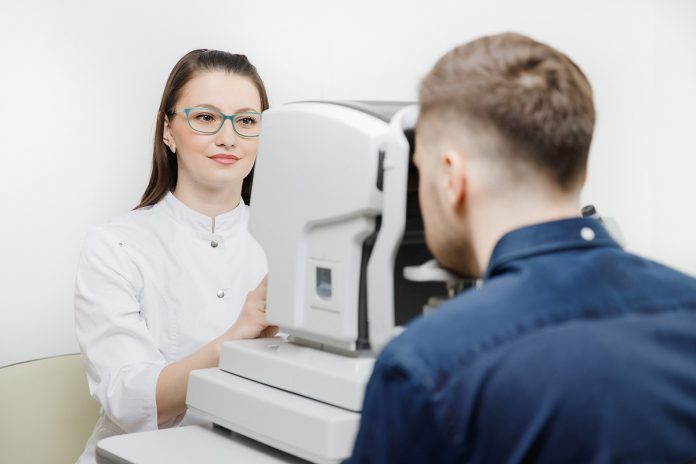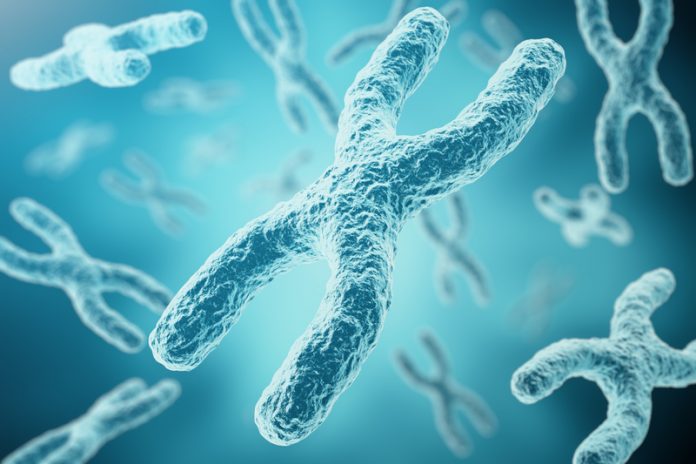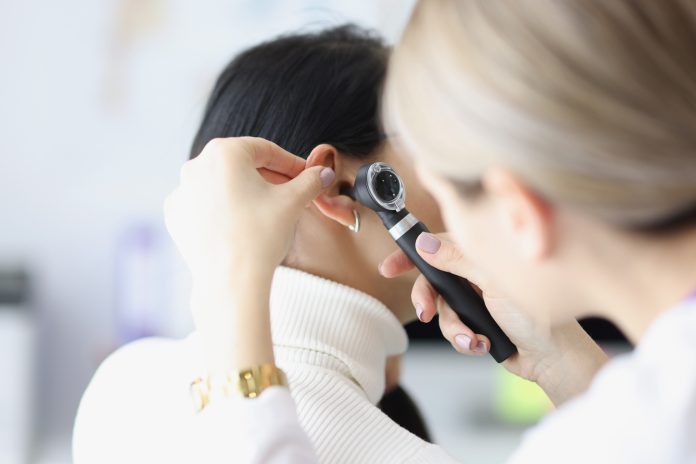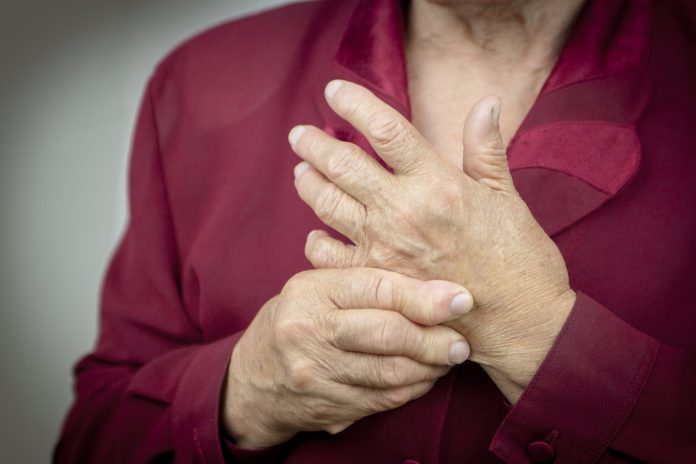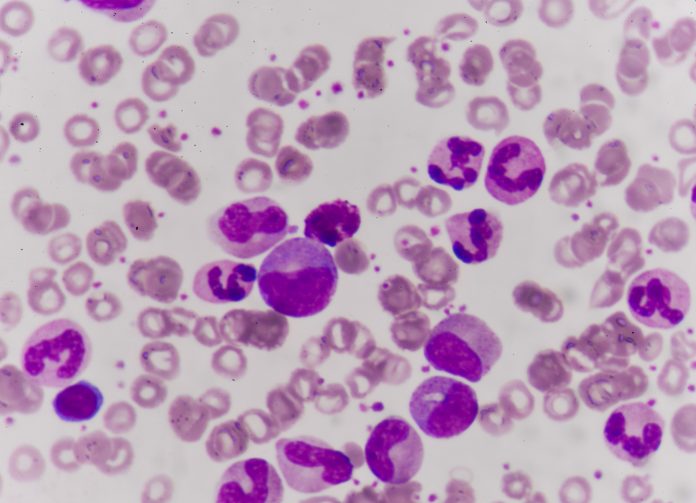Open Access Government produces compelling and informative news, publications, eBooks, and academic research articles for the public and private sector looking at health, diseases & conditions, workplace, research & innovation, digital transformation, government policy, environment, agriculture, energy, transport and more.
Home Search
gene therapy - search results
If you're not happy with the results, please do another search
OTOF gene therapy restores hearing in deaf patients
A first-in-patient trial using AAV-based OTOF gene therapy, led by Karolinska Institutet and Chinese hospitals, restored hearing (improving from 106 dB to 52 dB) in 10 individuals aged 1–24.
FDA approves gene therapy skin grafts for epidermolysis bullosa
A Stanford-led phase 3 trial shows gene therapy skin grafts significantly heal chronic wounds in patients with severe epidermolysis bullosa, reducing pain and improving quality of life.
Gene therapy could extend the lives of children with rare immune disorder
An investigational gene therapy has restored immune function in all nine children with severe leukocyte adhesion deficiency-I, a rare immune disorder.
Gene therapy offers new hope for sickle cell disease patients
A new gene editing treatment has been approved for use in the NHS, which will help treat sickle cell disease patients.
Gene therapy can restore vision in patients with rare inherited condition
Researchers at the Perelman School of Medicine at the University of Pennsylvania have reported improvements in vision among patients with a rare inherited condition, following gene therapy.
Gene therapy restores hearing in deaf children
A gene therapy has successfully restored hearing in five children with inherited deafness.
Bridging brain barriers for gene therapy
Reflecting on the challenges in treating brain diseases, this article explores ways to transduce the blood-brain barrier as well as the critical role of tanycytes as a target for gene therapy vectors.
Innovative gene therapy approaches for brain tumour-related epilepsy
Professor Mark Cunningham and Dr Kate Connor from Trinity College Dublin discuss the burden of brain tumour-related epilepsy and why novel therapies are urgently needed to improve the quality of life for those affected.
Development of a new gene therapy drug as a treatment for hypophosphatasia
The current primary treatment for hypophosphatasia is enzyme replacement therapy; however the development of a new gene therapy drug, ARU-2801, may change the landscape forever.
Exploring the science behind gene therapy in treating genetic diseases
Professor Alan Boyd explains the science behind gene therapy, the challenges in treating genetic diseases, and current trends in the sector.
Stem cell & gene therapy to treat osteogenesis imperfecta: hype or hope
Pascale V Guillot from University College London, Elizabeth Garrett Anderson Institute for Women’s Health, explains stem cell and gene therapy to treat osteogenesis imperfecta, but is this hype or hope?
What are the challenges surrounding gene therapy today?
Dr Jen Vanderhoven, Director, National Horizons Centre, Teesside University, sheds some light on how the gene therapy field can progress in the face of funding challenges and skills shortages.
Scientists successfully use gene therapy to restore eyesight
Scientists in France have partially restored the eyesight of a blind man, using gene therapy - he is now able to identify blurry shapes.
New gene therapy for eye disease developed in Ireland
Scientists from Trinity College Dublin have developed a new gene therapy for an eye disease that leads to progressive loss of vision.
Repurposing FDA-approved medicines and gene therapy to combat diabetic retinopathy
Lalit Singh Pukhrambam, PhD, and Ahmed S Ibrahim, PhD from Wayne State University School of Medicine in the U.S. focus here on the importance of combating diabetic retinopathy.
AAV: From almost a virus to an awesome vector for human gene therapy
Dr. Arun Srivastava, George H. Kitzman Professor of Genetics, from the University of Florida describes the rationale and strategies for the development of next generation (NextGen), generation X (GenX) and optimised (Opt) recombinant AAV vectors for human gene therapy
Recombinant AAV vectors have been, or are currently being, used in...
First human trial of regenerative cell therapy for sensorineural hearing loss approved
The University of Sheffield announces approval of the first human trial testing regenerative cell therapy to treat sensorineural hearing loss, offering hope for restoring hearing function.
Stem cell therapy for osteoarthritis: Functional cartilage regeneration using 3d bioprinting technology
Osteoarthritis presents a significant societal and economic burden. Stina Simonsson from the University of Gothenburg explains how EU-funded projects are using 3D bioprinting to create functional cartilage for OA treatment.
Changing the lives of people with hereditary angioedema through gene editing therapy
The lives of those who live with hereditary angioedema, a rare genetic disorder causing severe and unpredictable swelling attacks, may be transformed.
Eye health: Testing the safety of stem cell therapy for age-related macular degeneration
Kapil Bharti, PhD, Senior Investigator and Head of the Ocular and Stem Cell Translational Research Section at the National Eye Institute (NEI), explains testing the safety of a stem cell therapy for age-related macular degeneration in this special focus on eye health.

